Bird watching in High Island, Texas
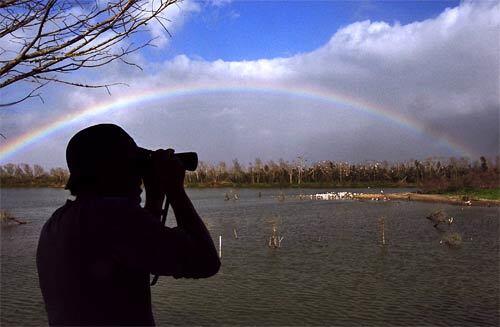
A rainbow forms over Clay Bottom Pond, a wildlife watering hole at the Smith Oaks Bird Sanctuary that once stored High Island’s water supply. Aside from hosting various birds such as egrets, blue-winged teals and roseate spoonbills, the man-made pond is home to alligators and turtles. (Luis Sinco / Los Angeles Times)
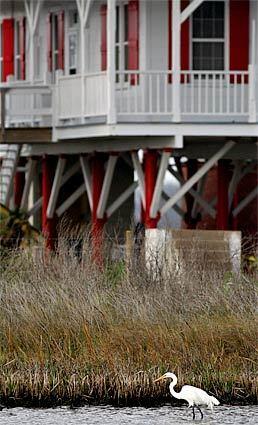
An egret feeds in a marsh near High Island, which has no more than 500 residents but draws up to 10,000 visitors a year because of its status as one of the countrys top birding sites. (Luis Sinco / Los Angeles Times)
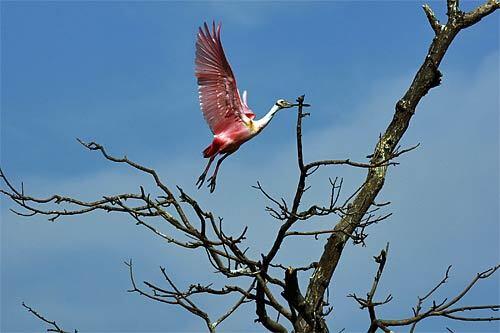
A roseate spoonbill takes flight over Clay Bottom Pond. The bird gets its pink color from eating shrimp. The older the spoonbill, the richer the pink. (Luis Sinco / Los Angeles Times)
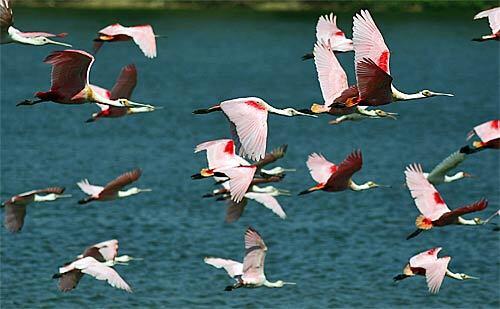
With migration season in full swing, thousands of birds, including roseate spoonbills, will land at the Gulf sanctuary. (Luis Sinco / Los Angeles Times)
Advertisement
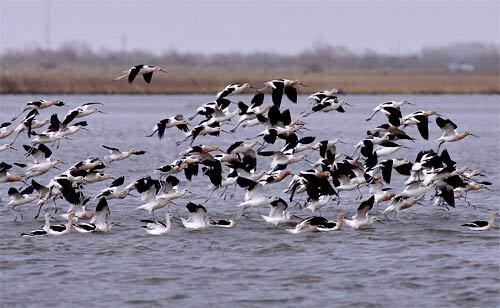
American avocets gather near High Island, among the thousands of birds that rest and feed in the area before setting off to the Midwest and the eastern United States, and even as far as
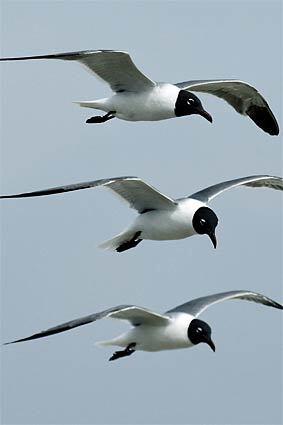
Laughing gulls in formation over the Gulf Coast. The height of migration season is from early March through mid-May. (Luis Sinco / Los Angeles Times)
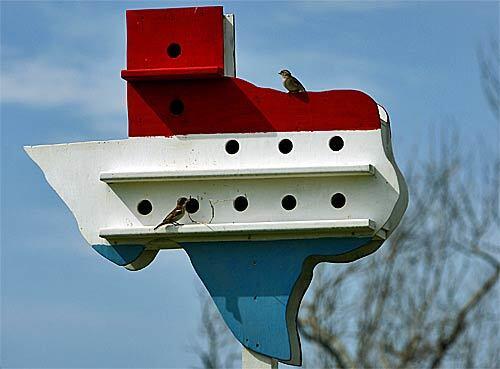
Sparrows nest inside a
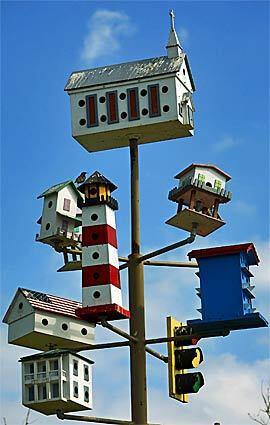
A European starling chooses a home among a cluster of birdhouses. (Luis Sinco / Los Angeles Times)
Advertisement
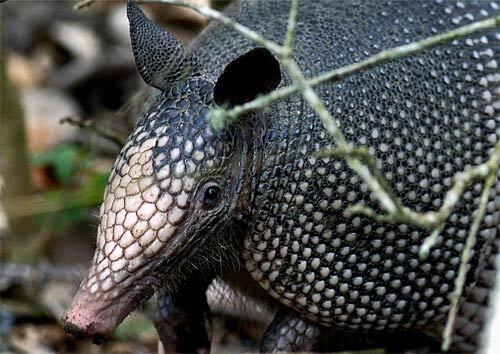
Birds aren’t the only wildlife to spot in High Island. A the Smith Oaks Bird Sanctuary, an armadillo forages for food. (Luis Sinco / Los Angeles Times)
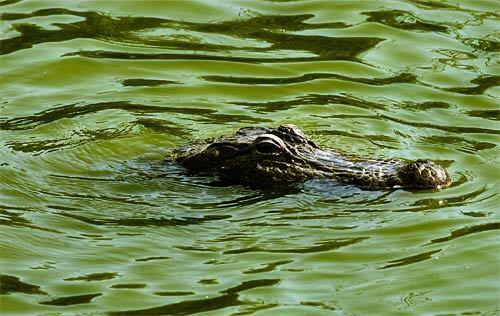
Alligators at Clay Bottom Pond protect the nesting birds from raccoons, coyotes and other egg-snatching predators. (Luis Sinco / Los Angeles Times)
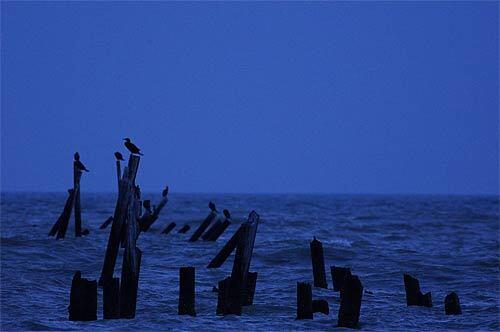
Cormorants roost on the ruins of a pier in the Gulf of Mexico near High Island. (Luis Sinco / Los Angeles Times)
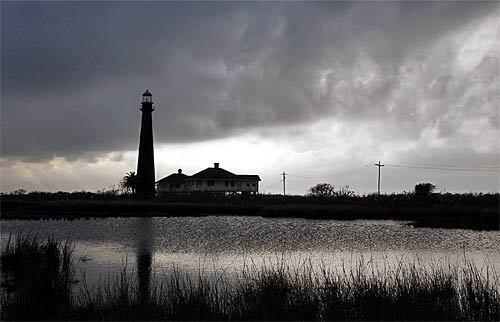
The Bolivar Peninsula lighthouse sits among about 2,000 acres of bird sanctuary along the Gulf Coast. (Luis Sinco / Los Angeles Times)



